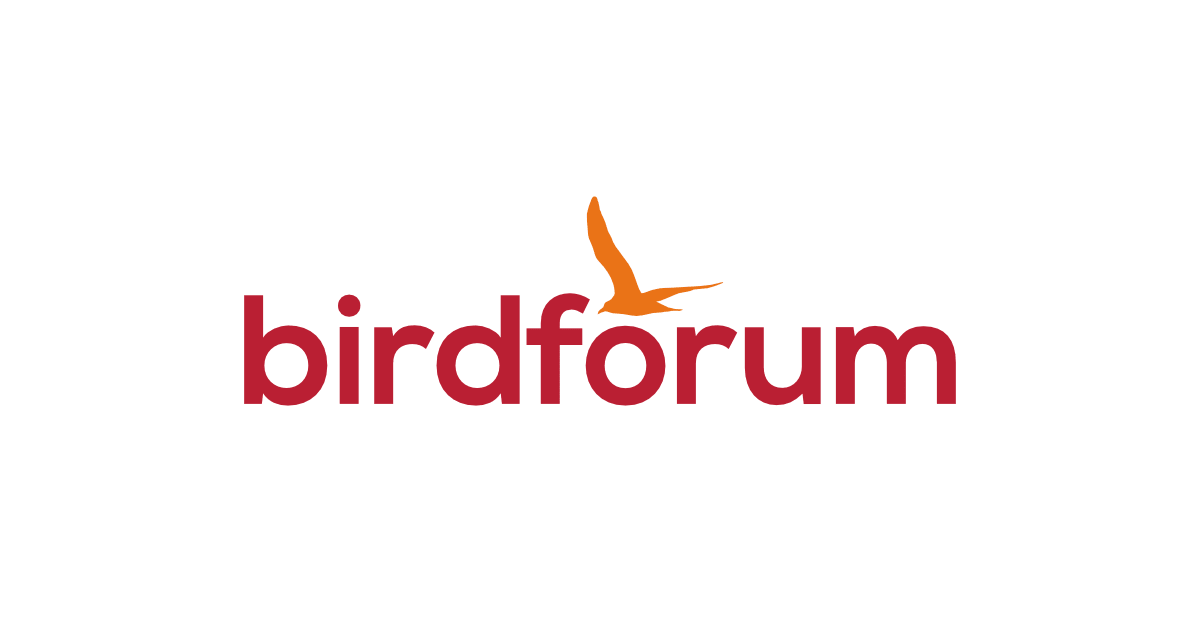Matthew R. Halley "Morphological review of the genus
Eupherusa (Trochilidae) does not support recognition of the monotypic genus
Dicranurania Sangster et al., 2023," Bulletin of the British Ornithologists’ Club 144(2), 103-108, (3 June 2024)
Sangster et al. (2023) erected a new genus (Dicranurania) for the Mexican Woodnymph [Thalurania] ridgwayi (Nelson, 1900), which phylogenetic evidence suggests is the most likely sister group of the genus Eupherusa Gould, 1857, and distantly related to (and polyphyletic with) the other species of...

bioone.org
Abstract
Sangster et al. (2023) erected a new genus
(Dicranurania) for the Mexican Woodnymph [
Thalurania] ridgwayi (Nelson, 1900), which phylogenetic evidence suggests is the most likely sister group of the genus
Eupherusa Gould, 1857, and distantly related to (and polyphyletic with) the other species of
Thalurania Gould, 1848. Here, with a representative sample of study skins, I demonstrate that their morphological diagnosis of
Dicranurania was based on a broad mischaracterisation of
Eupherusa phenotypes, which improperly exaggerated the distinctiveness of [T.] ridgwayi. Therefore, I encourage systematists to classify
[T.] ridgwayi as a fifth species of Eupherusa, and relegate
Dicranurania to its synonymy.
Bye bye
Dicranurania ! ... Damn, it's my genus 😱. Other option, if
Dicranurania is synonymized with
Eupherusa, treating it as subgenus
Of course it's a joke, we keep
Dicranurania as valid genus













